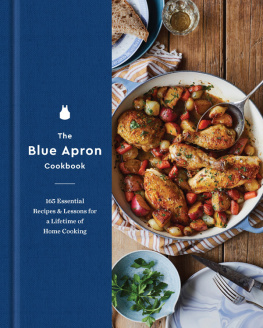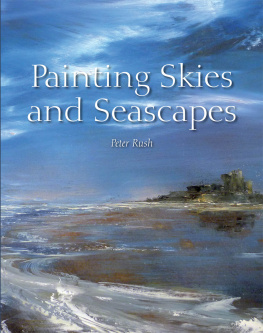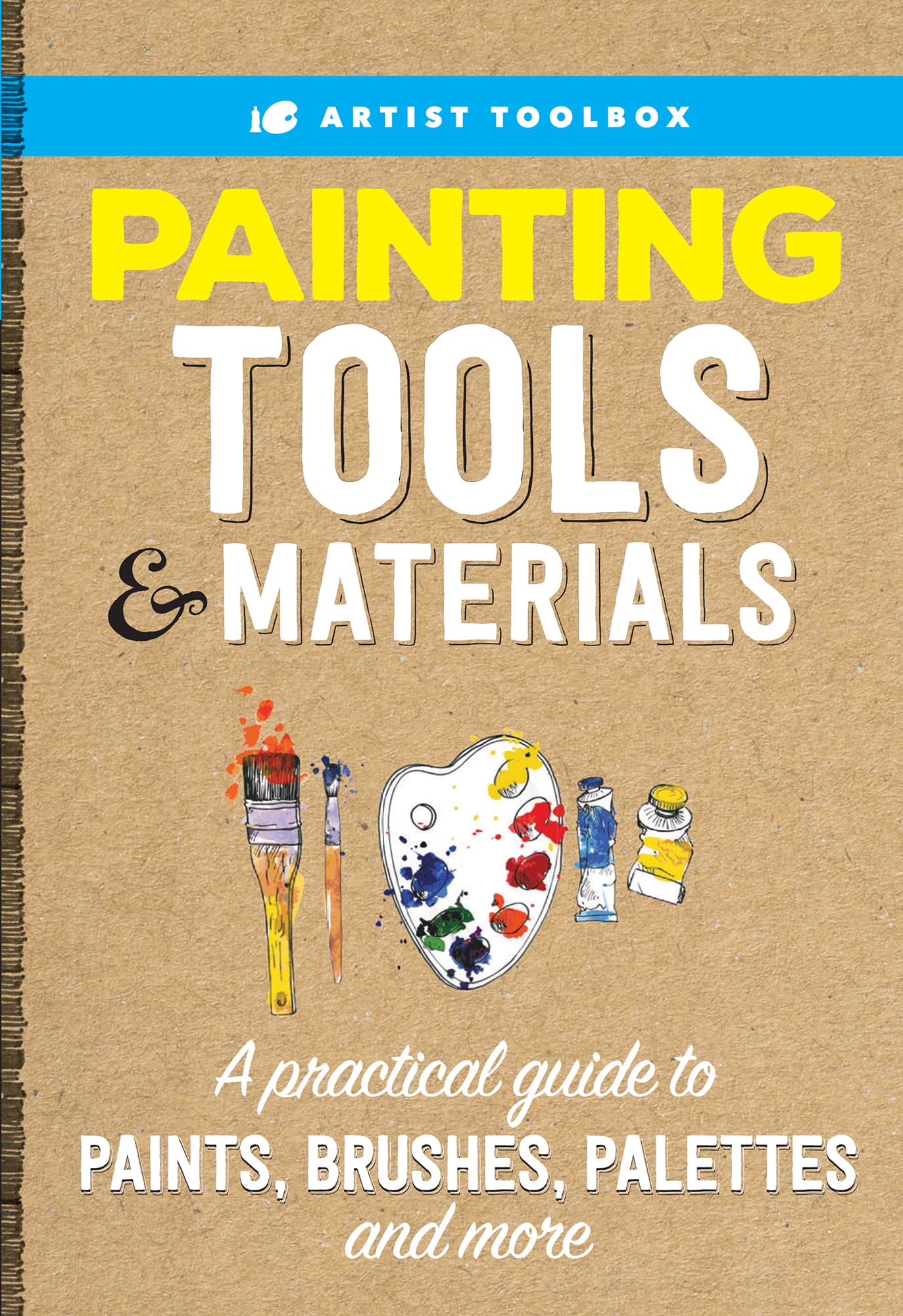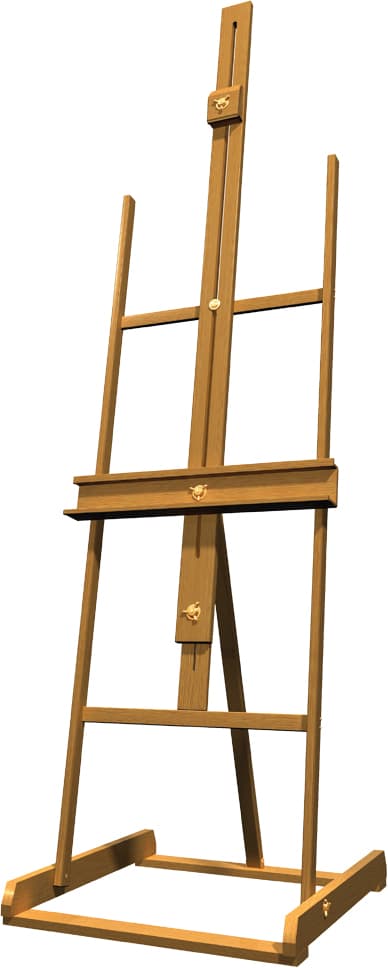MEET THE ARTISTS
In 2004, Maury Aaseng began his career in freelance illustration in San Diego, where he created graphics for young-adult nonfiction. His work since then has expanded into instructional line-drawn illustrations, cartooning, medical and anatomical illustration, and more traditional media such as drawing and watercolor. He now lives in Duluth, Minnesota, with his wife and daughter.
Varvara Harmon of Windham, Maine, is an award-winning multimedia artist who has mastered oil, acrylic, watercolor, silk painting, and ink and pencil drawing. Her work has been juried into national and international exhibitions and is in private collections around the world. Varvara is a member of several artist organizations and has been featured in numerous publications. She teaches workshops and classes in acrylic, watercolor, and oil.
Jim McConlogue is a professional fine artist from Encinitas, California. He paints with oil, both plein air and at his home studio. Having studied life drawing, painting, and illustration through several notable schools and workshops, he has been featured in fine-art and instructional books, magazines, and newspapers. Jim currently works on commissioned paintings, and his original oils and gicle prints are displayed at galleries in Leucadia and La Jolla, California.
Jennifer McCully is a graphic designer who unleashed her creative spirit to include mixed media work. Her endless creativity can be seen on her bold canvases, which feature vibrant and simple objects that are energetic and inspiring. Her childlike creations evoke happiness, and her inspiration is drawn from practically anything. Jennifer is a full-time Etsy seller and the author of There are No Mistakes in Art.
Patti Mollica lives and works with her fellow-artist and jazz musician husband, Mark Hagan, in New York City and Nyack. An impressionistic and contemporary painter, she believes that a painters job is to show the viewer the inherent beauty of all subjects and scenes. She has been selected by Golden Paints to conduct lectures and facilitate workshops demonstrating Creative Techniques Using Golden Paints and Mediums.
Paul Talbot-Greaves is a professional watercolor and acrylic landscape painter from the UK. A member of several art societies and panels, Paul has written for The Artist magazine and published several instructional art books. His work often depicts rugged scenery, crumbling walls, ancient pastures, and moorland terrain.
Caroline Zimmermann began painting in oils at age 6, earned her Bachelor of Fine Arts in Illustration from California State University, Fullerton in 1989, and obtained her Master of Fine Arts in Painting from the California College of the Arts and Crafts in Oakland in 1994. Her permanent residence is in the artists community of Laguna Beach, where she has lived, surfed, and painted for more than 30 years. She now divides her time between her home in Laguna Beach and her studio in Tuscany.
CHAPTER 1: Studio & Storage
An efficient studio or workspace can make all the difference for an artist. A well-designed space can help you stay organized, tidy, and comfortableand it can simplify the artistic process by providing good lighting and effective working surfaces. A studio doesnt have to be its own room; you can create a workspace anywhere in your home or garage. This chapter covers the following topics:
EASELS & WORKING SURFACES
Your working surface should depend on your chosen medium. For artists working in watercolor, a flat or slightly tilted surface works best, whereas easels are the traditional choice when working in oil or acrylic.
SURFACES FOR WATERCOLOR
Watercolor artists often work on flat, smooth surfaces, such as tables or simple desks. Some choose to work on craft or drafting tables, which allow users to tilt the surface to varying degrees. (However, watercolor artists avoid steeply angled surfaces to prevent unwanted drips and runs.) Drafting tables are often made of wood, composite wood, or tempered glass and have ledges or compartments for holding art materials. Many also feature wheeled legs and drawers for storing supplies.
Shown above is one option of many craft tables available from Martin Universal Design.
STUDIO EASELS
Studio easels are sturdy, freestanding canvas supports. Traditionally they are made of wood, but you can also find lighter-weight metal varieties. Studio easels often fold flat so you can tuck them away into a corner of the studio if needed.
An A-frame easel is perhaps the most common format. The main frame, shaped loosely like an A, is supported by a third leg.













